Last Updated on: 15th November 2024, 04:05 pm
Located 90 km northeast of Sarajevo, Travnik is one of Bosnia’s most charming small towns. But while its main attractions can be seen in just a couple of hours, Travnik is much more historically important than it appears at first glance. Travnik, in fact, was long the seat of Bosnia’s Ottoman viziers. And in this Travnik guide, we’ll be covering the most important landmarks from that era.
While Travik can be visited as a day trip from Sarajevo, it’s best combined with a visit to neighboring Jajce, which you can learn more about below.
Around Central Travnik
As mentioned, Travnik long served as the residence of Bosnian governors, or viziers. Following the sack of Sarajevo by Austrian forces, the Ottomans moved the capital to Travnik in 1699, keeping it here until 1851.
Accordingly, dozens of Ottoman viziers were buried in town. Not long after leaving the bus station, you’ll encounter a few turbes, or mausoleums, which house their graves.
Now sitting alongside a busy road, this was presumably a much quieter part of town several centuries ago.
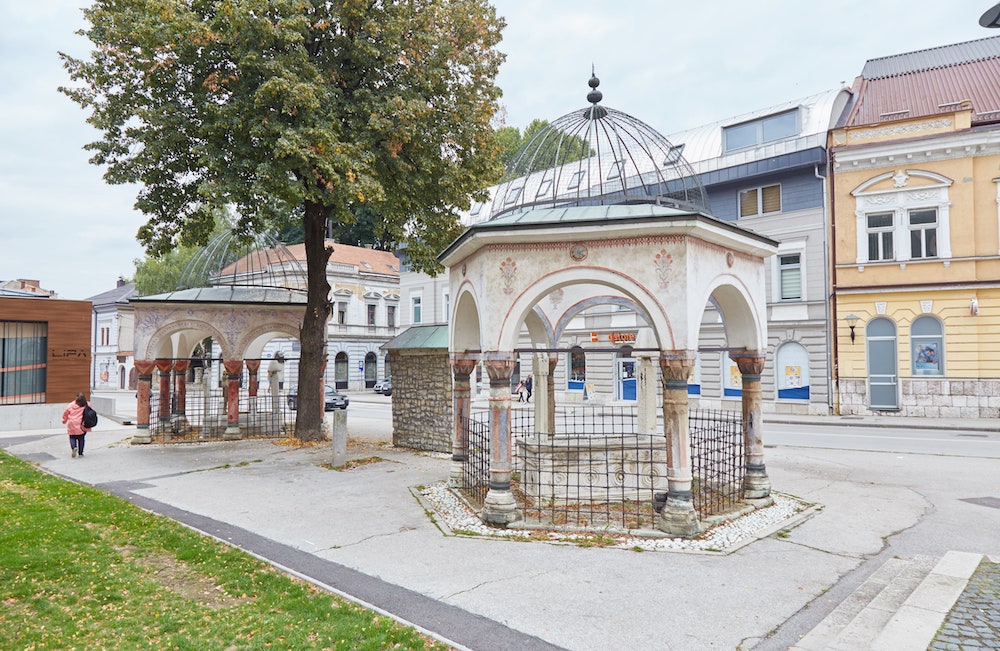

Being situated along one of the main transport routes between Istanbul and the fringes of the Ottoman Empire, Travnik was long regarded as an important commercial center.
And as the capital, it even hosted Bosnia’s first French and Austrian embassies, though it’s unclear where these buildings are now.


In addition to the attractions mentioned further below in this Travnik guide, landmarks to seek out in the town center include the Hadji Ali-bey Mosque, mainly known for its clock tower. Along the river, meanwhile, is the elaborate gymnasium, built in the Austro-Hungarian architectural style.
Interestingly, the two color schemes represent two different schools which operated in the same building – one for Bosniaks and the other for Croats.
Despite its capital status, Travnik would maintain a modest population of around 7,000 throughout the Ottoman period, and today the population is just double that.
The Regional Museum
Every city and town in the Balkans seems to have its own historical or ethnological museum. Travnik is no exception. Located not far from the bus station, the Travnik Regional Museum is worth a quick visit.
Established in 1950, the two-story museum contains a natural history section on the bottom floor, along with a small collection of archaeological artifacts, mainly dating from Roman and Ottoman times.
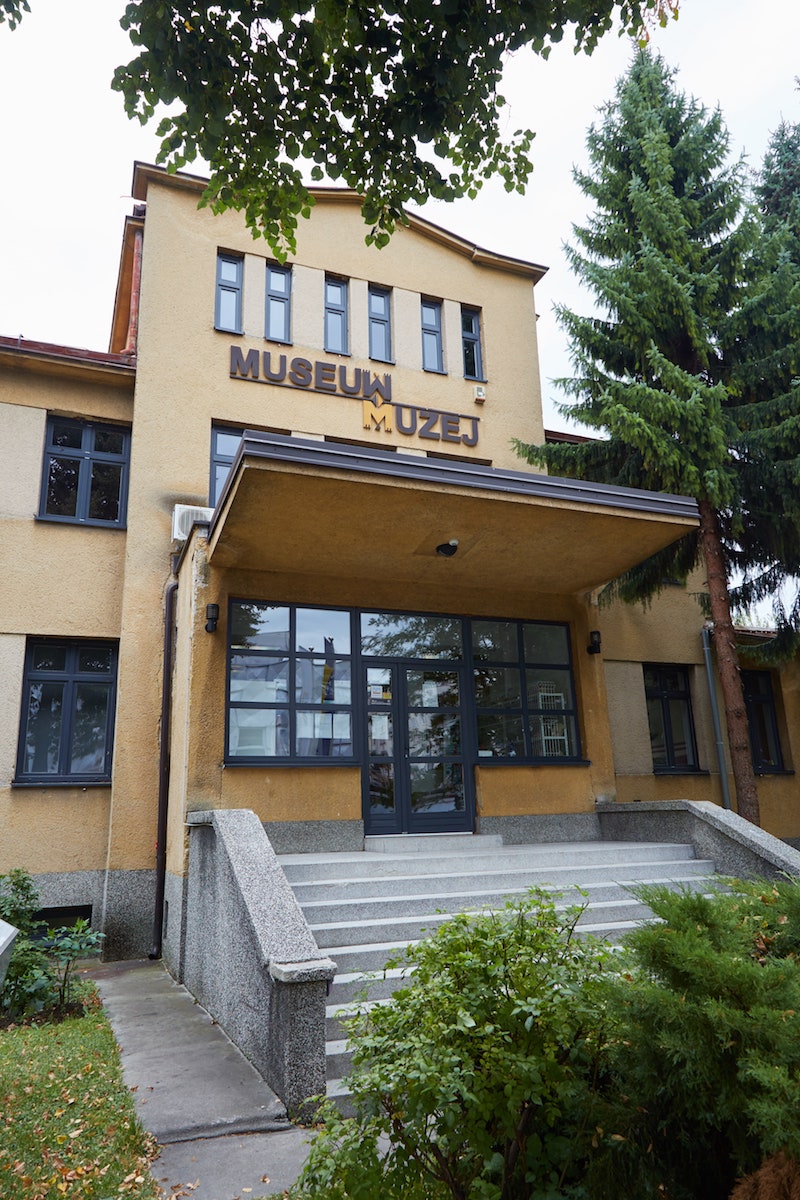
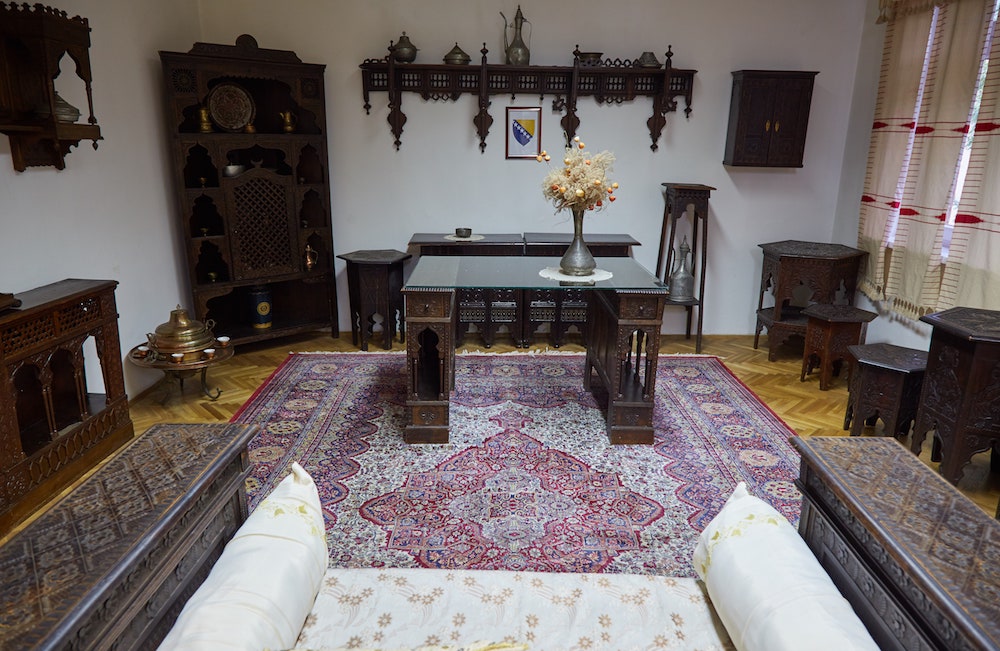

The upper floor, meanwhile, features an impressive display of preserved furniture, costumes and jewelry from the Ottoman era.
One of the museum’s most notable features is its collection of photographs of local life. The captions beneath explain local traditions and customs, such as how pre-Christian beliefs have blended together with some of the region’s Orthodox traditions.
The Ivo Andrić Memorial House
Ivo Andrić is one of Bosnia & Herzegovina’s most famous novelists, having won the Nobel Prize for literature in 1961. And this is the house in which he was born on 9 October, 1892.
This isn’t quite its original form, however, as it was largely reconstructed in 1974 for the purpose of this memorial museum.
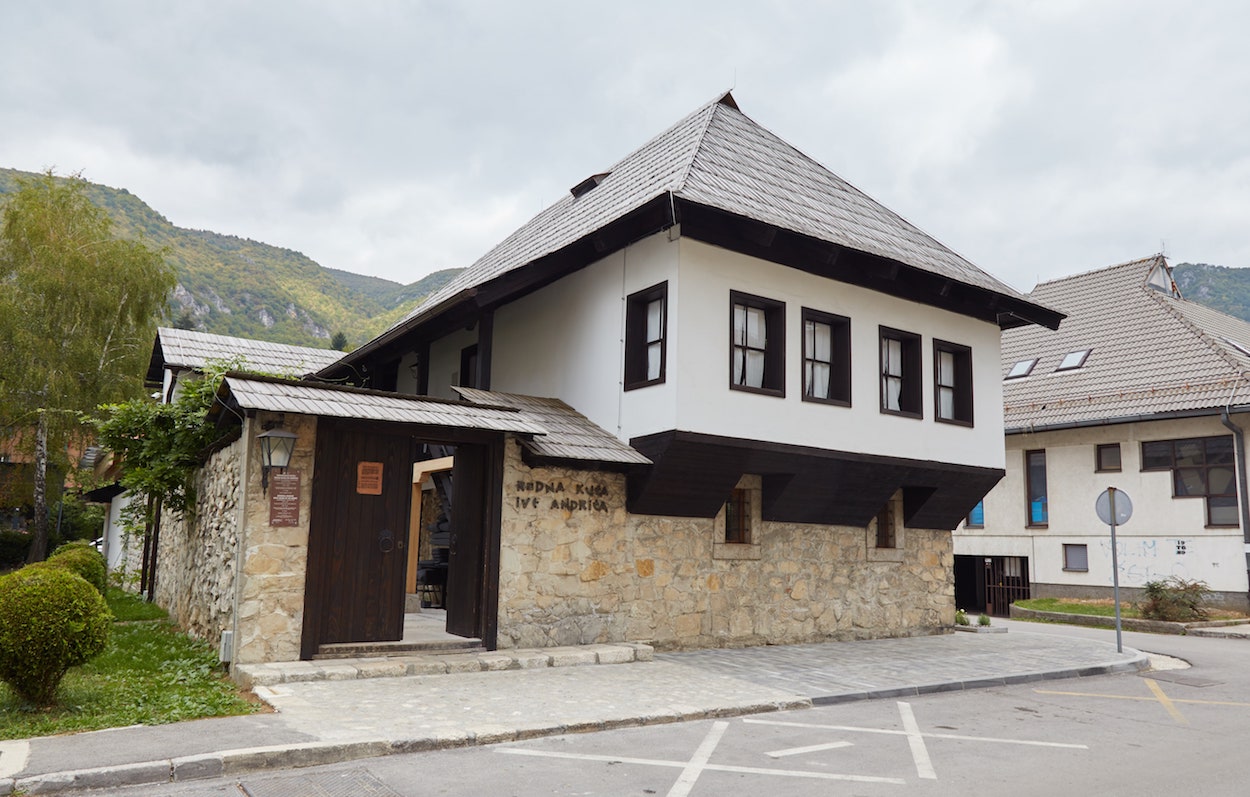
Having heard of the author but not having read his books, I was hoping to learn more about his popular novels and more about his writing style.
To my disappointment, however, the info at the museum was entirely biographical, and I’m still uncertain of what type of writer Andrić is.

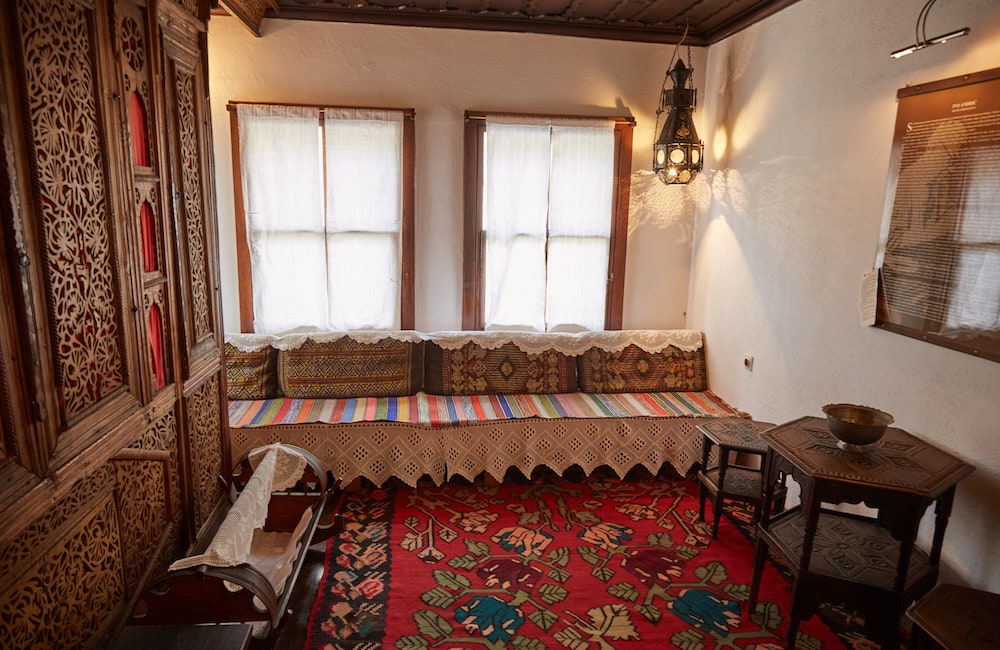
In any case, literature fans might want to check out the Travnik Chronicle (also known as the Bosnian Chronicle) before their trip.
The museum, which also doubles as an ethnographic exhibition, costs a few KM to enter and is open daily.
The Colorful Mosque
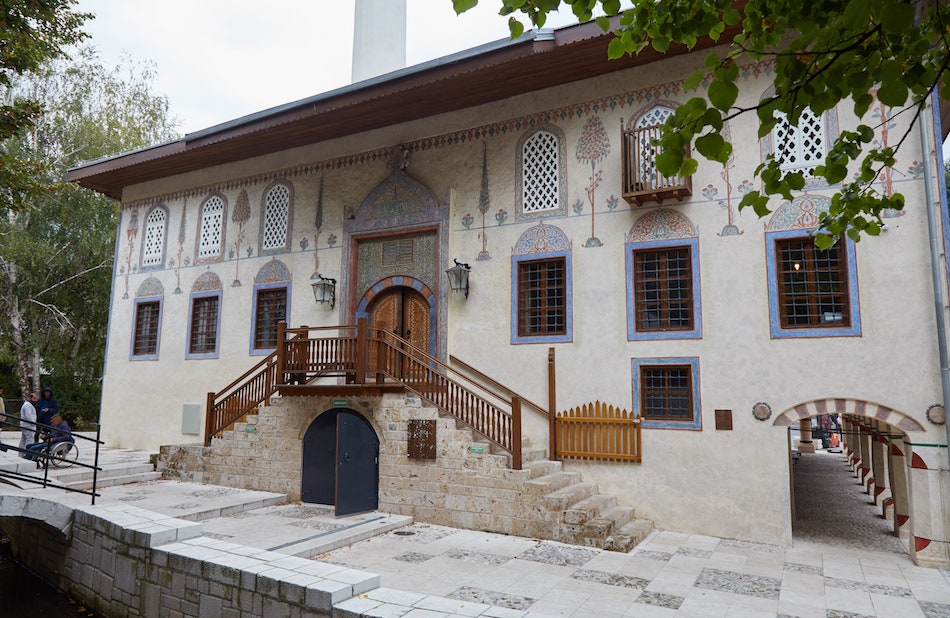
Arguably Travnik’s top highlight is the Suleymania Mosque, better known as the ‘Colorful Mosque.’
A mosque once stood at this spot as early as the 16th century, but it was replaced with the current structure in 1757.
Destroyed by a fire in 1815, it was rebuilt by vizier Suleyman Pasha, after whom the mosque was named. And it was Suleyman who commissioned the colorful paintings that the mosque is now famous for.
Though much of the paint has faded, it remains a beautiful structure nonetheless.
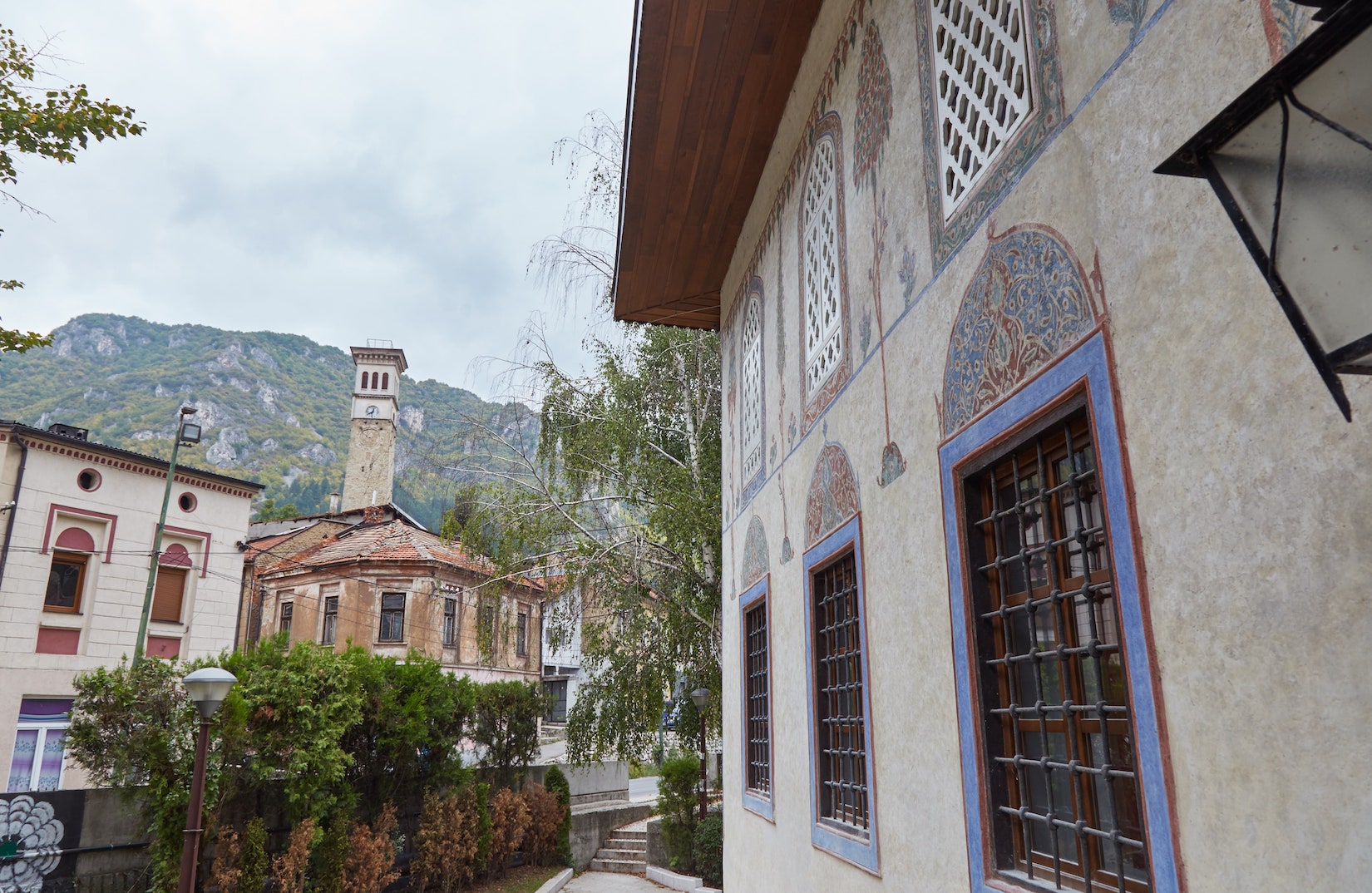
Aside from its ornamentation, the Colorful Mosque’s most unique feature is the presence of a bezistan, or roofed market, built into its side. Still in operation, it’s said to be one of the only bezistan/mosque combos in the entire Islamic world!

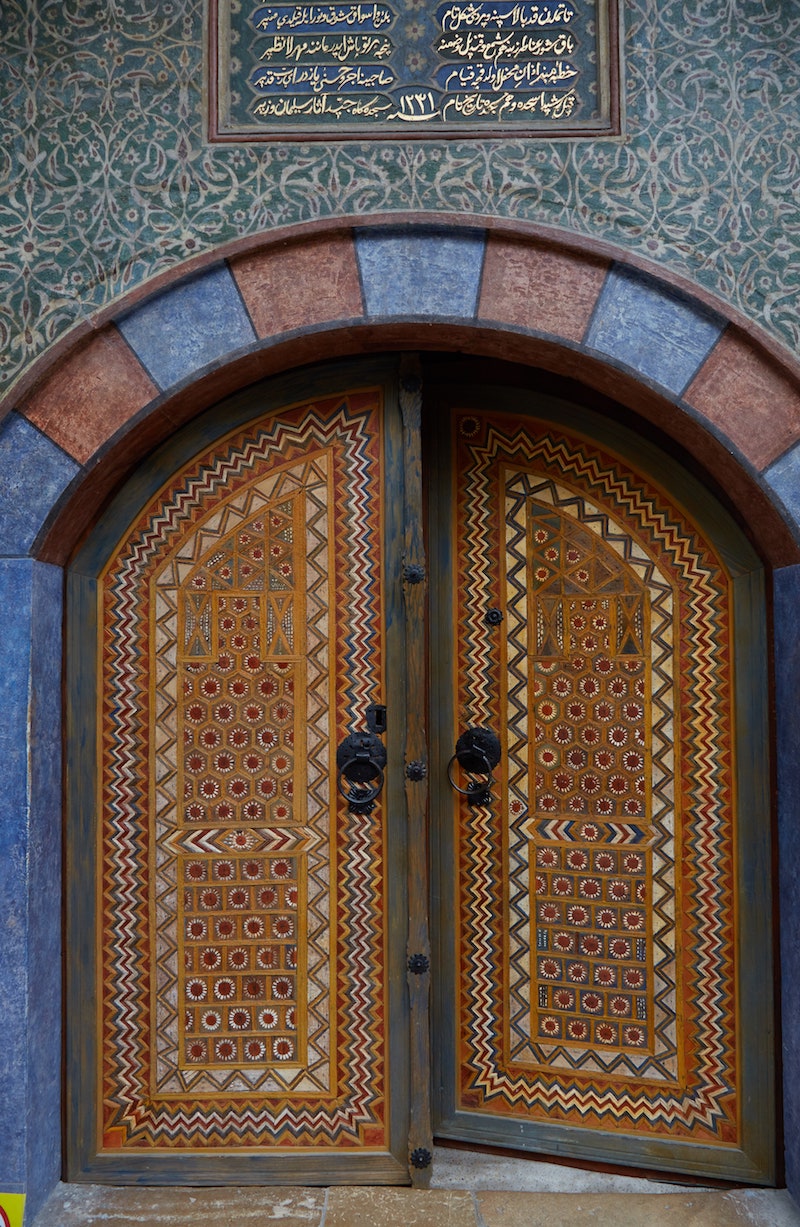

Somewhat confusingly for visitors, the door is usually kept closed outside of prayer time, with the lights turned off as well. But even if nobody’s around, you’re still free to open the door and walk in, provided you take off your shoes at the entrance.
If you’re doing further travels throughout the Balkans, Travnik’s Colorful Mosque is reminiscent of the Painted Mosque of Tetovo, Macedonia.
While not quite as impressive as that masterpiece, this structure could still be considered one of the beautiful mosques in the Balkans.

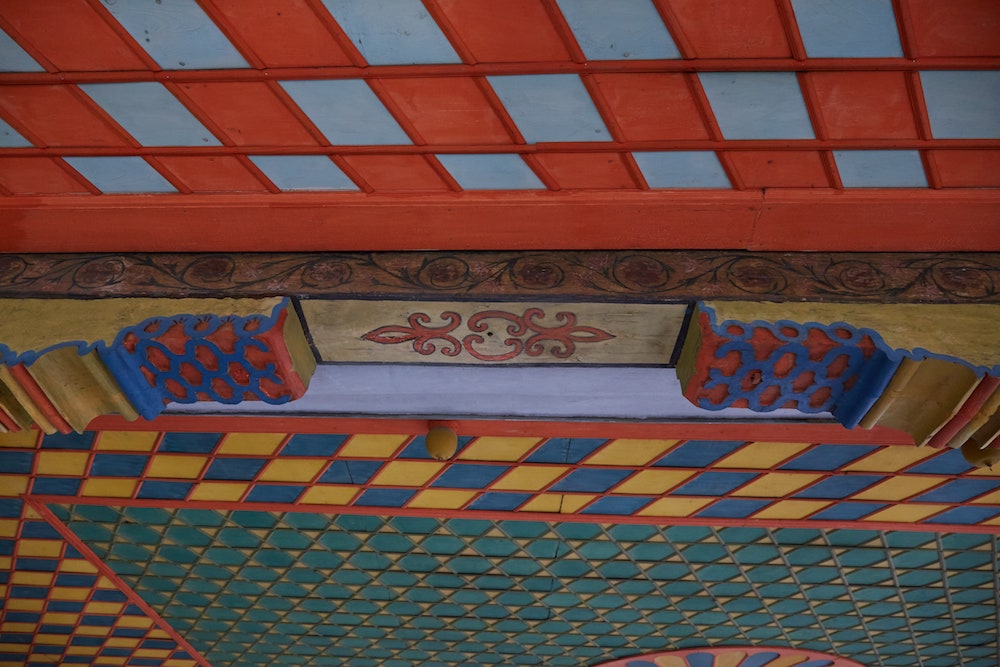
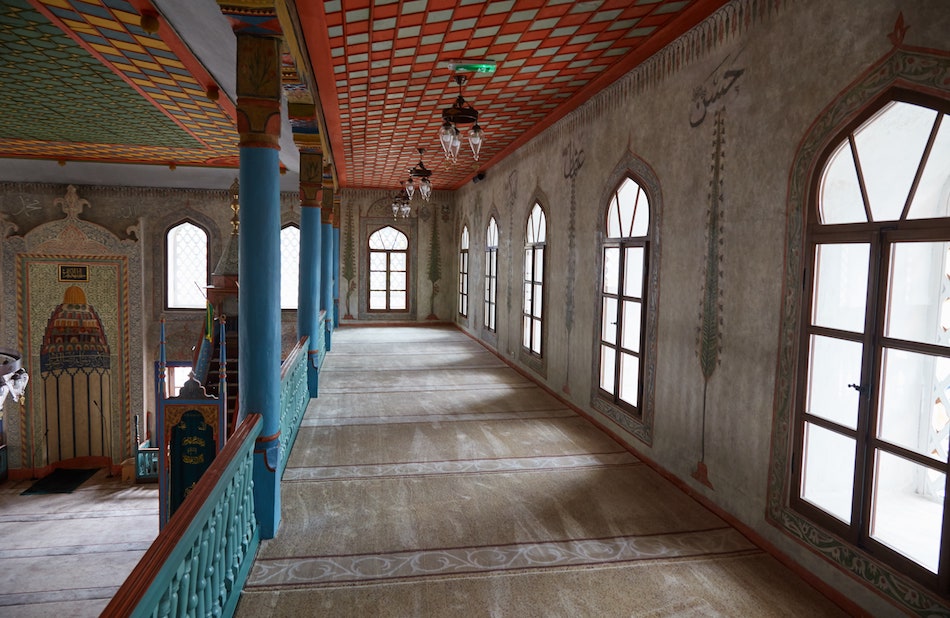
Walking around, observe how the vivid ceiling paintings remain in excellent condition, while the walls are adorned with interesting paintings of trees. Out of all the destinations in this Travnik guide, this is probably the most unique.
Plava Voda
The Plava Voda is a natural spring which runs near the base of the fortress. Today, the area is lined with restaurants, coffee shops and souvenir stands.
Don’t miss a visit either before or after your trip to the fortress. As Travnik’s highlights only take a few hours to see, you’ll have plenty of time to sit back and relax by the water.


I sat down for a tasty meal of local fish together with a cup of traditional Bosnian coffee. And then it was time to seek out the uphill road which would lead me to the fortress entrance.

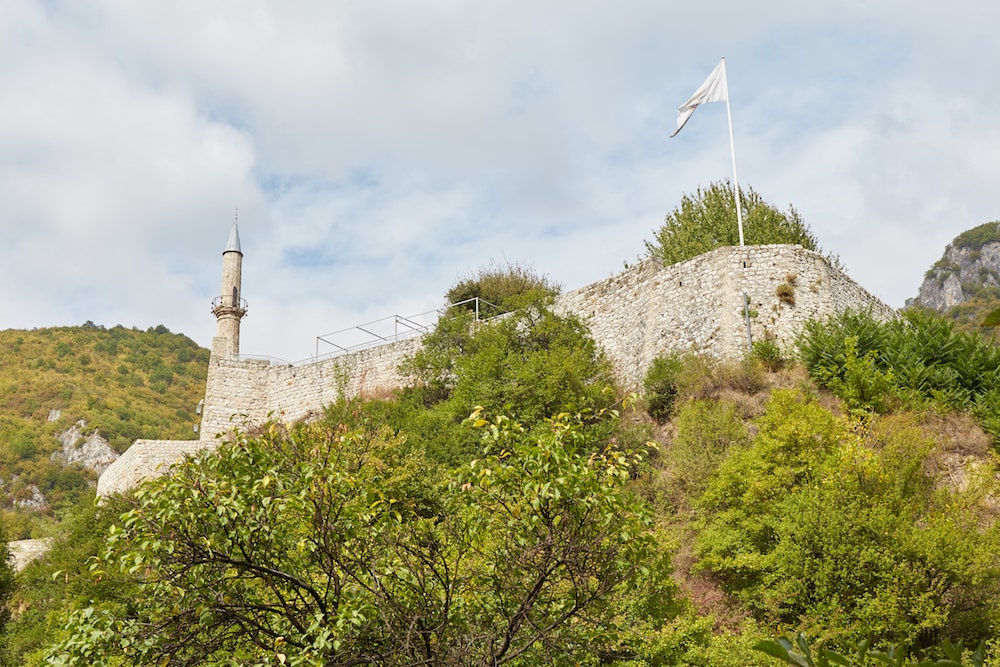
Travnik Fortress
Travnik Fortress, the town’s centerpiece, was originally established and controlled by Bosnian rulers before the Ottoman takeover of the 15th century. While we don’t know exactly when these events unfolded, the first written mention of a conquered Travnik was in 1468.
Before long, Travnik converted from a largely Christian town to a majority-Muslim one. Today, mosques far outnumber churches. And aside from the Colorful Mosque mentioned above, you can check out the Jeni Mosque from a distance on your way up to the fortress.
Built in 1549, it served as the city’s central mosque well before Travnik became the capital of Ottoman Bosnia.
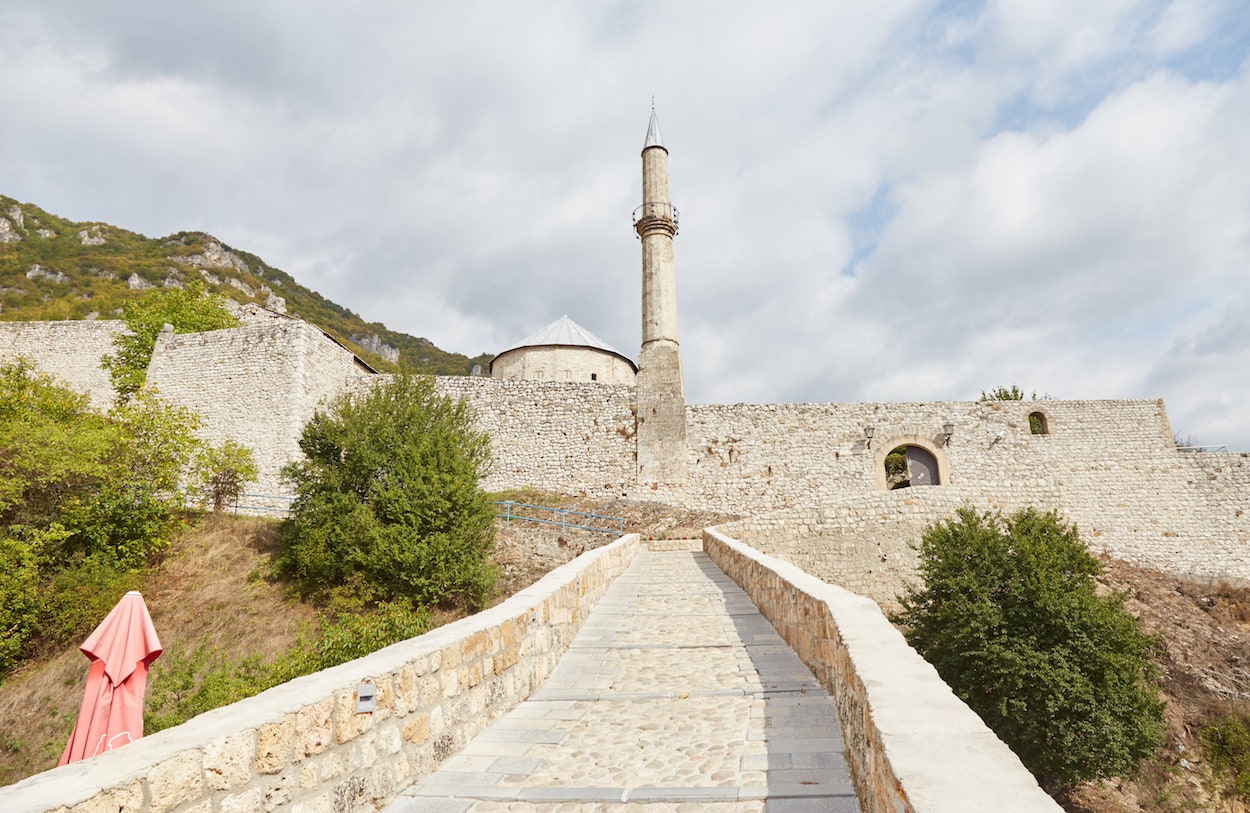
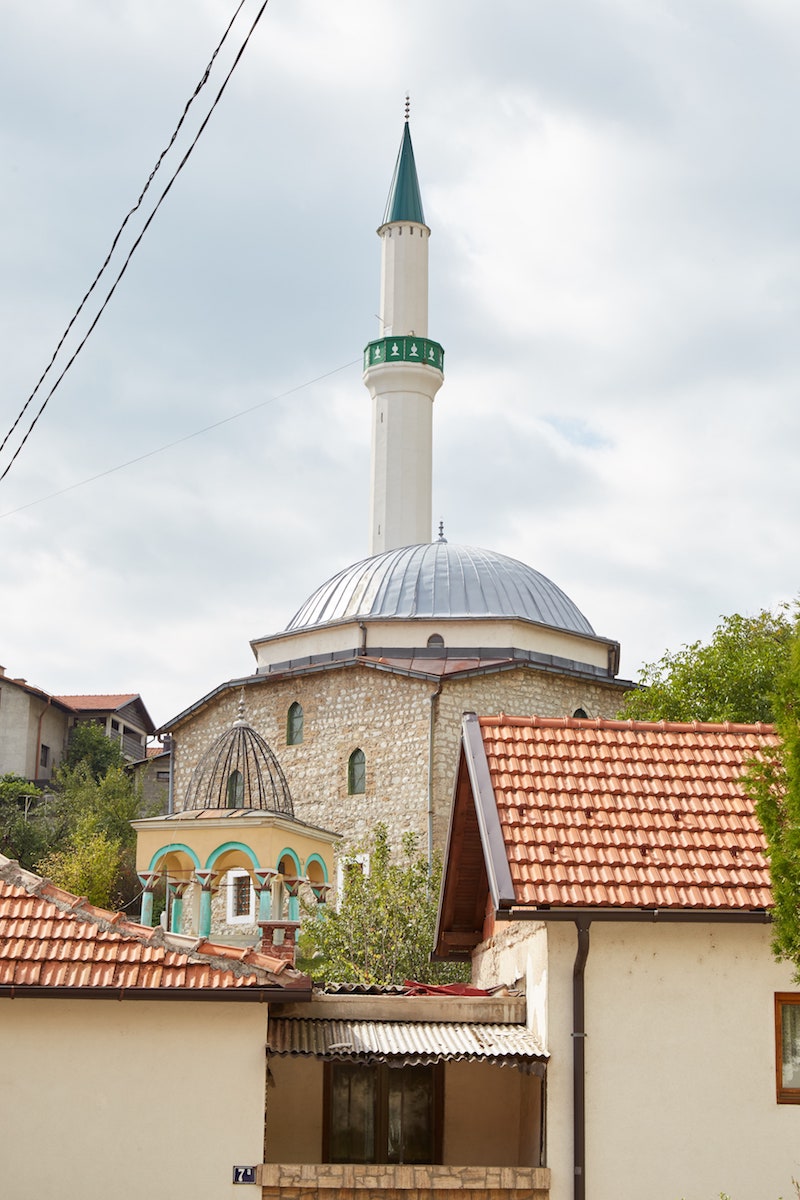
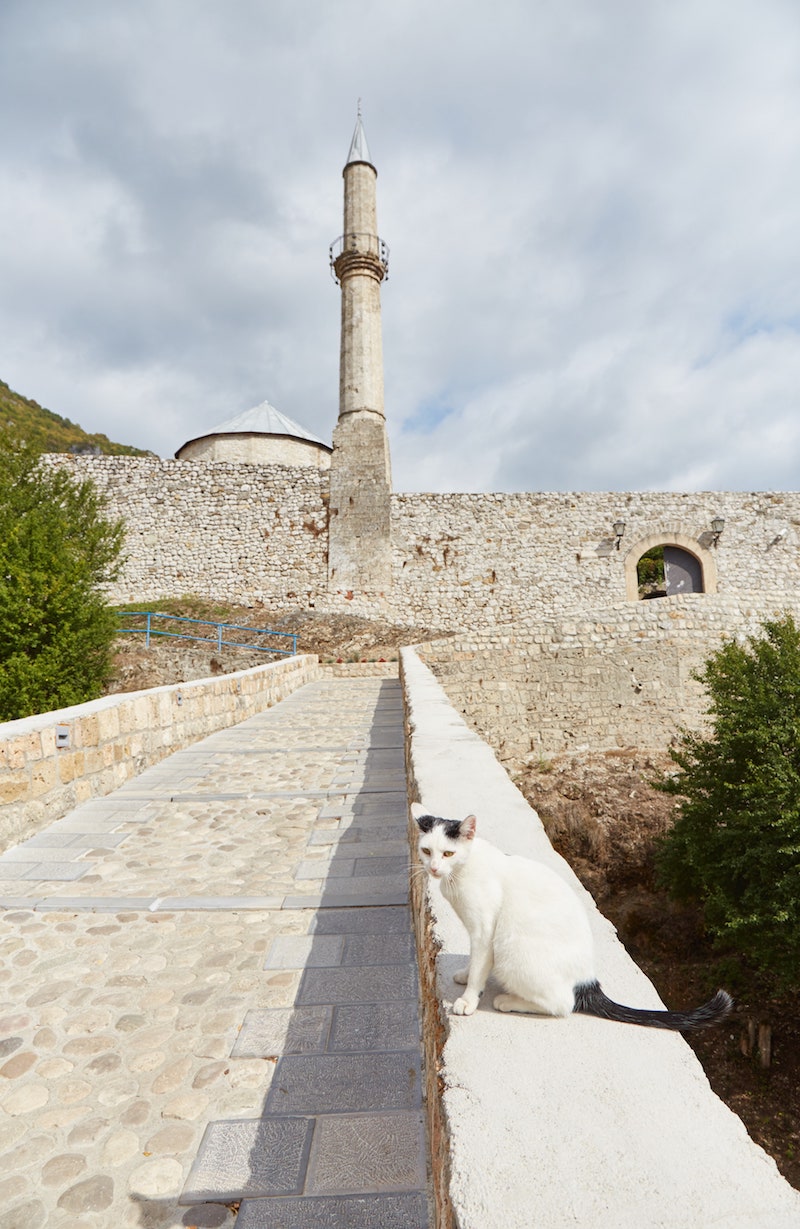
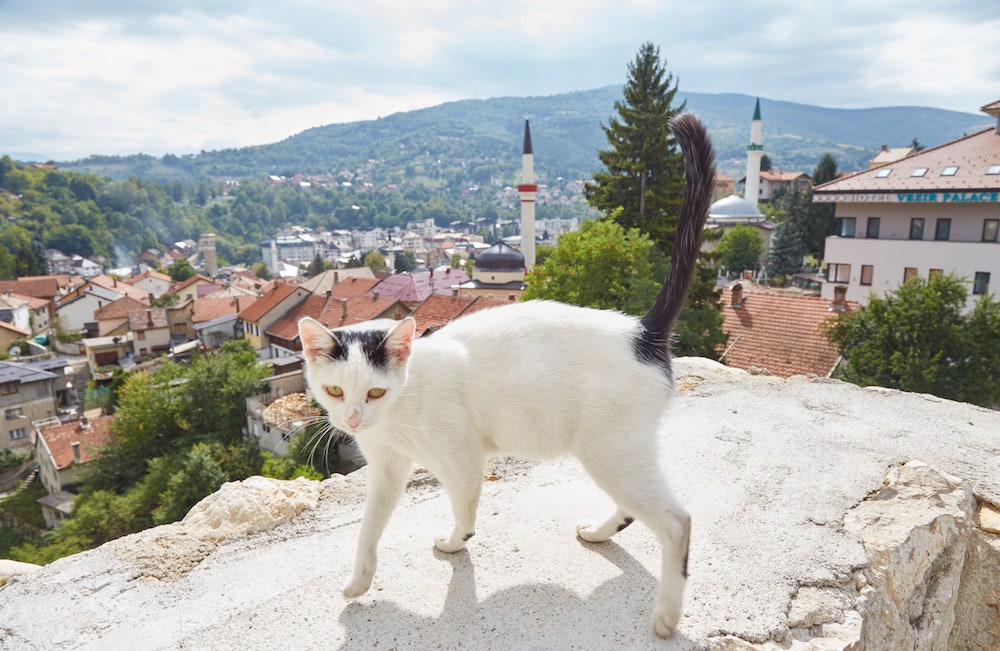
Travnik Fortress, open daily, costs a few KM to enter. It’s quite sizable, even by Balkan standards, and the views from the top are excellent.
The area also features public benches which overlook the town, so be sure to bring a snack or a book.
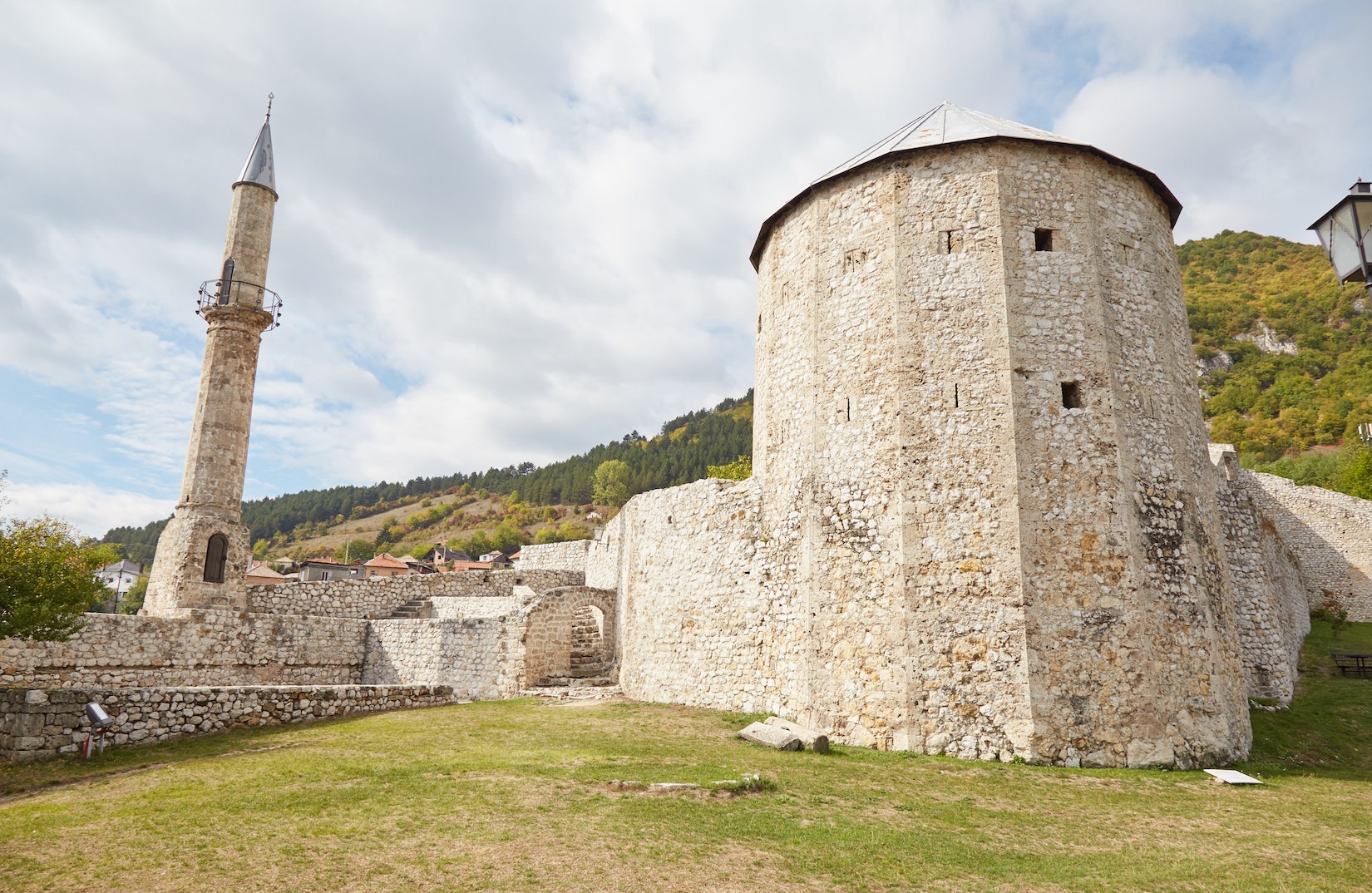
The center point of the fortress is a round tower originally built for defensive purposes. Later, the Turks used it as a place from which to shoot their cannons. Today, it functions as a small museum.
Inside, you’ll learn about the history of the town along with its prominent buildings, many of which we’ve already covered in the Travnik guide above.
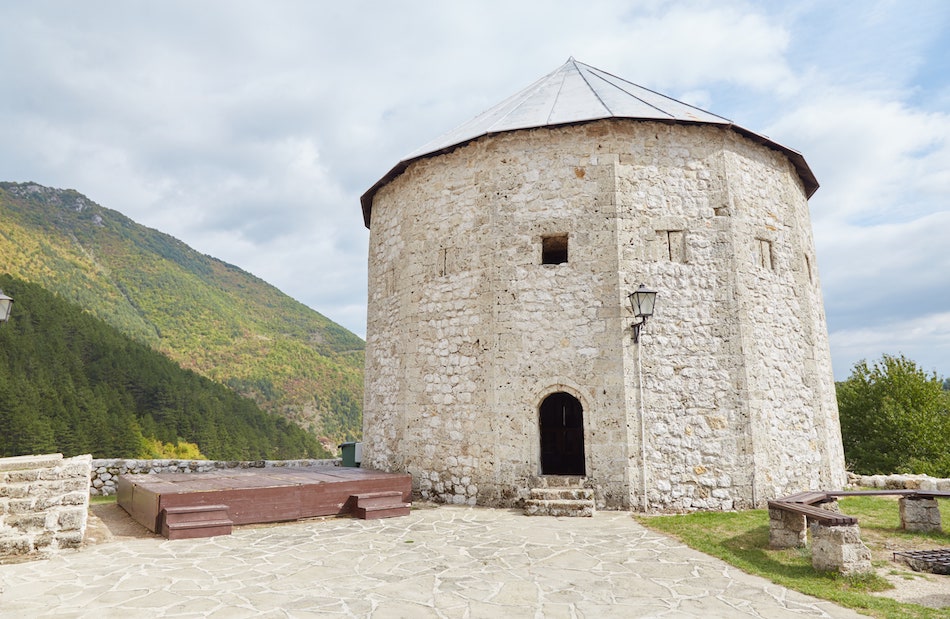
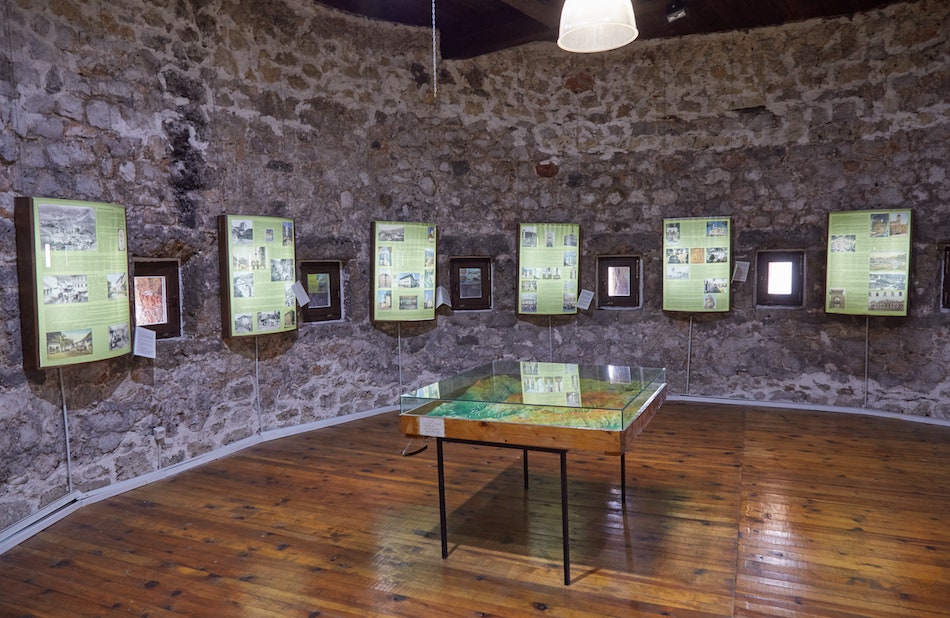

Over the years, the Turks continually expanded the fort. It ultimately lost its defensive function by the 17th century, however, when it was turned into a warehouse and dungeon for political prisoners. But with views like these, it doesn’t seem like the worst place to be locked up!
Following Ottoman rule, Travnik would serve as a military garrison for the Austro-Hungarian Empire that would rule Bosnia from 1878 until World War I.


Today, thanks to recent restorations, Travnik Fortress is widely regarded as one of Bosnia’s best-preserved medieval fortresses. But history fans should also be sure to continue on to nearby Jajce, home to an impressive fortress of its own.
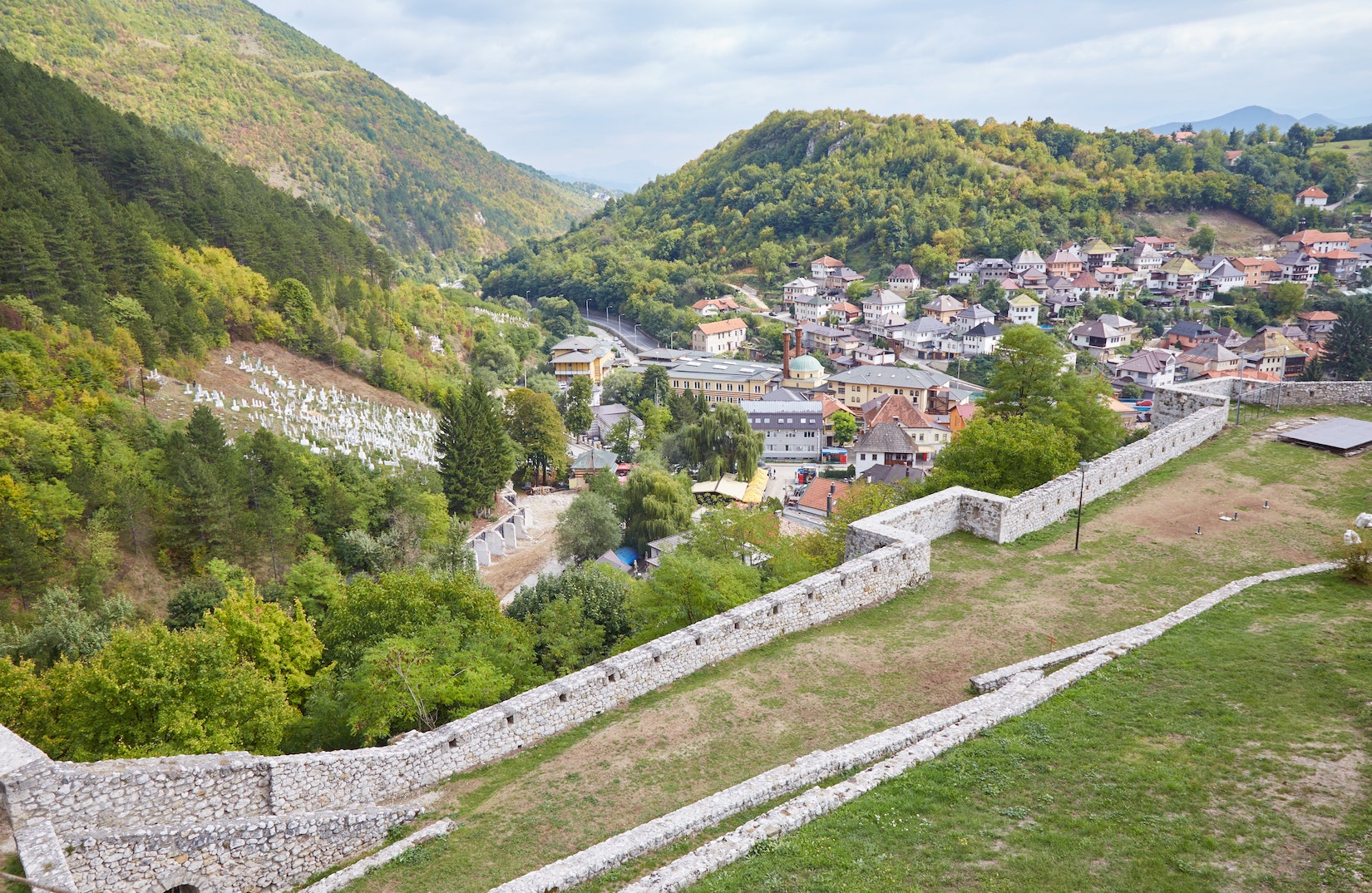
Additional Info
Buses from Sarajevo’s Main Bus Station (not the East Station) to Travnik leave every 90 minutes or so. They’re operated by the Centrotrans Eurolines company.
As mentioned above, it’s possible to visit Travnik as a day trip from Sarajevo. But you shouldn’t miss the nearby towns of Visoko or Jajce, either.
Upon leaving Sarajevo, you could try a route like Sarajevo-Visoko-Travnik-Jajce-Banja Luka, spending a night or so in each town. All of these cities are located along the same Centrotrans Eurolines route.
And then from Banja Luka, you can easily find transport into either Croatia or Serbia.
In my case, I was doing a longer stay in Sarajevo, and decided to visit Travnik and Jajce combined in a one-night, two-day trip. Taking a morning bus to Travnik, I went ahead and explored the sites mentioned in the Travnik guide above. I then hopped on the 17:30 bus to Jajce, arriving at 19:05.
The next day, I spent the whole day sightseeing around Jajce before taking the evening bus back to Sarajevo. You can find updated timetables here.
Another great option is to take this day tour from Sarajevo that will bring you to both towns.
In terms of convenience, the closer you are to Baščaršija the better. However, if you’re basing yourself in Sarajevo longer term and want to take numerous day trips, such as Visoko and Travnik, you may want to stay somewhere closer to the Main Bus Station.
Needing a break after extensive travels throughout the Balkans, I decided to make Sarajevo my base for an entire month. I stayed in my own studio apartment called Pink Apartment which was an incredible value for a month-long stay in a capital city.
It was within 15-minutes on foot from the bus station, and about 40 minutes on foot from Baščaršija, though I could also take the tram. While it suited my needs perfectly, I’d recommend somewhere more central for those only staying in town for several days.
If Sarajevo is your first destination in the country and you also plan on leaving Bosnia & Herzegovina by bus, be sure to ask your host for a copy of the police registration form. You may be asked to show it when crossing the border, and without it you risk being fined.

Pin It!
